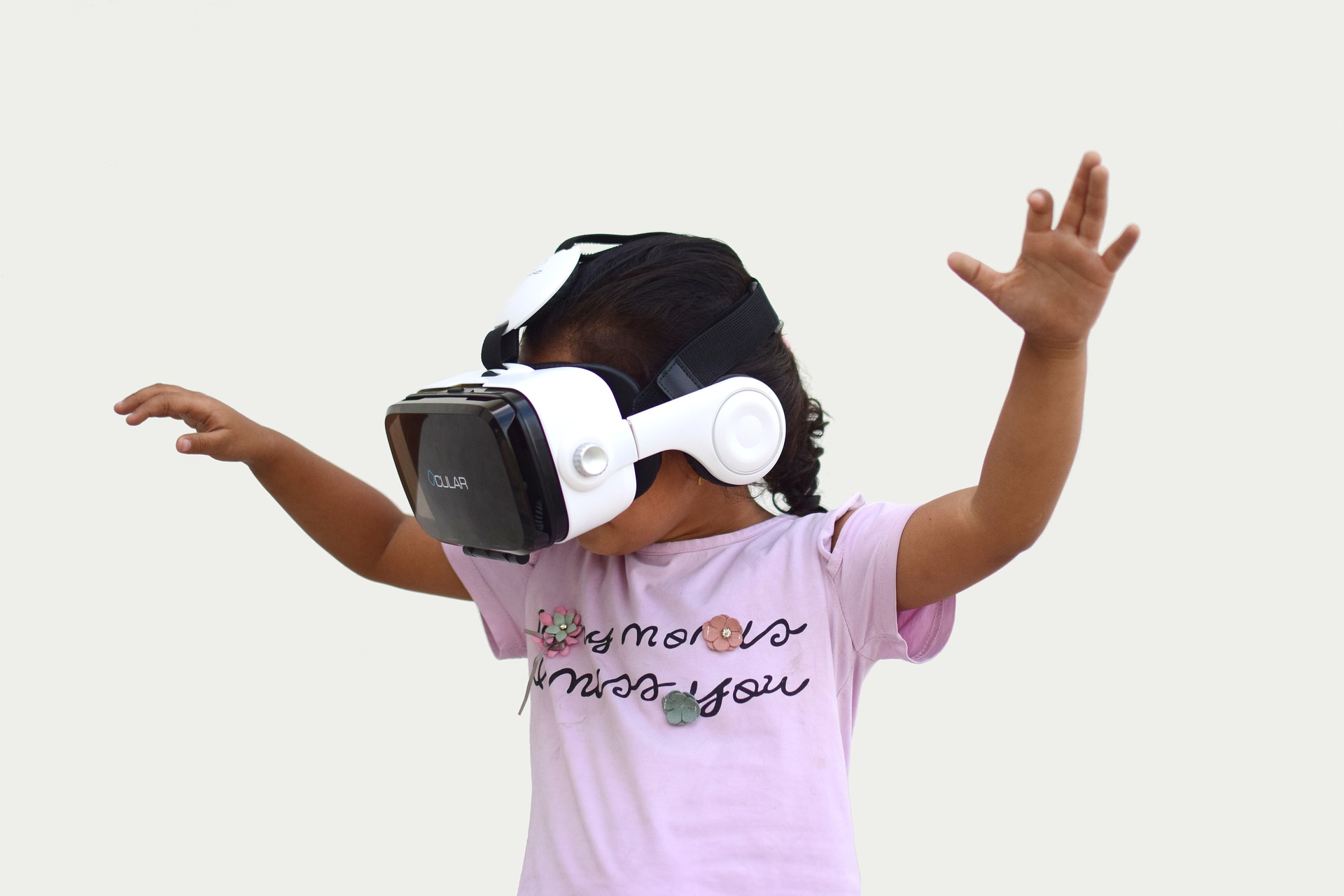VR for Pain Relief & Anxiety
Virtual reality (VR) is most often associated with video games, but it has proven itself to be a very useful tool in a number of industries. None more so than in healthcare and medicine. The healthcare sector has been using virtual reality for a number of use cases in recent years. Everything from patient care and communications to training and education for healthcare providers can be enhanced with immersive technology.
VR for Pain Relief
VR involves immersing the user in a computer-generated environment. By taking over the user’s sight and hearing, VR is able to trick the body into believing that it is present in the virtual world. This can be an extremely effective method of natural pain relief. Especially for cases where administering anaesthesia might be dangerous for the patient.
The potentially painful treatments a patient will have to undergo can be lessened with VR. This because the user is focused on what is happening in the virtual world they have entered when putting on a VR headset. By introducing the patient to a peaceful and calming VR environment or game, they can be momentarily distracted from the pain they are experiencing.
Research on this subject is still relatively new, but the results so far are very promising. A study from the NIH found that burn patients report 35–50% reductions in procedural pain while in a distracting immersive virtual reality, and fMRI brain scans show associated reductions in pain-related brain activity during VR.The more immersive you make a VR experience, the more it increases the levels of distraction from pain. VR experiences can be made more immersive by using higher quality VR headsets and including interactive elements within the virtual world. The more of your attention that is focused on the VR experience, the less attention you pay to the incoming neural signals from pain receptors. “Compared with the non-interactive VR group, participants in the interactive VR group showed 75% more reduction in pain unpleasantness and 74% more reduction in worst pain and 32% more reduction in time spent thinking about pain”. – NIH
VR for Anxiety
The same technique of distraction has proven to be successful in helping children overcome their fear of needles when getting vaccinated. A study from Florida Atlantic University used a 3D virtual reality headset and a smartphone app that was inserted into the goggles giving the children the choice of a roller coaster ride, a helicopter ride or a hot-air balloon ride. Results of the study showed that anticipated versus actual pain and fear were reduced in 94.1 percent of the pediatric study subjects.

VR for the benefit of reducing anxiety has also yielded interesting results for children with autism. A study was done involving children aged 7-13 who suffered from social anxiety as a result of autism. Scenarios that the children found stressful; such as travelling in a vehicle or being in a crowded supermarket or classroom, were virtually recreated. After participating in the study, eight of the nine children were able to tackle their phobia situation. Four of the participants completely overcame their phobia.
Penn Medicine has taken to introducing VR in the treatment waiting room for their cancer patients. The 10-minute experience is designed to relax the user before going in to start their radiation treatment. The virtual world used is a tranquil ‘dock by the bay’ setting, complete with calming waves splashing and a beautiful sunrise. “I was amazed at how much more relaxed I felt at the end of 10 minutes. I was at peace,” said cancer patient Margy McCook after trying the experience.

Immersive Technology for Healthcare
The healthcare industry is undergoing an innovation revolution thanks to advancements in VR and AR technology. Immersive technology is changing the way we practice and teach medicine. Everything from training to communications to surgery and patient care is already being enhanced through the use of immersive technology.
